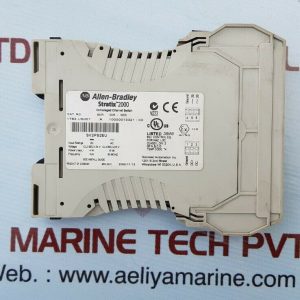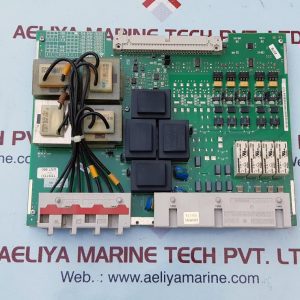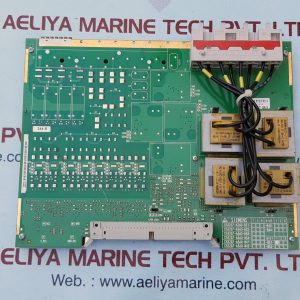| Specification | Details |
|---|---|
| Product Name | Praxis Automation 98.6.030.703 I/O Module |
| Part No. | 98.6.030.703 |
| I/O Board ID | 174 |
| I/O Board ID | 185 |
| I/O Board ID | 193 |
| I/O Board ID | 173 |
| Weight | 430 gm |
98.6.030.703 I/O Module
The Praxis Automation 98.6.030.703 I/O Module is an essential component for enhancing the functionality and efficiency of industrial automation. Designed to support various applications, this I/O module provides seamless integration with different control systems, ensuring reliable data acquisition and control. With its unique I/O board IDs—174, 185, 193, and 173—this module offers versatility in addressing different operational needs. Each board ID is carefully manufactured to facilitate optimal performance in various automation conditions, making it a valuable asset for both new installations and system upgrades. Weighing just 430 grams, the module’s compact and lightweight design allows for easy installation and reduces the overall burden on the system. This I/O module is ideal for applications where precision and reliability are crucial, delivering robust performance in a variety of industrial contexts.
In addition to its technical specifications, the Praxis Automation 98.6.030.703 I/O Module is built to withstand the demanding conditions of industrial conditions. Its durable construction ensures longevity and minimizes maintenance requirements, thereby enhancing overall system reliability. The module’s flexibility in addressing different I/O requirements, coupled with its straightforward installation process, simplifies the integration into existing systems. Whether you are managing complex processes or simple control tasks, this I/O module delivers consistent and dependable results. Its efficient design and versatile capabilities make it a preferred choice for professionals seeking to optimize their automation systems. By incorporating the Praxis Automation 98.6.030.703 I/O Module into your setup, you ensure that your operations run smoothly and effectively, meeting the high standards of modern industrial automation.
For a detailed look at another reliable option in I/O modules, check out this product, the Praxis Automation 98.6.030.703 I/O Board Id: 175. This model offers robust performance and is an excellent choice for automation systems requiring high precision and durability.






